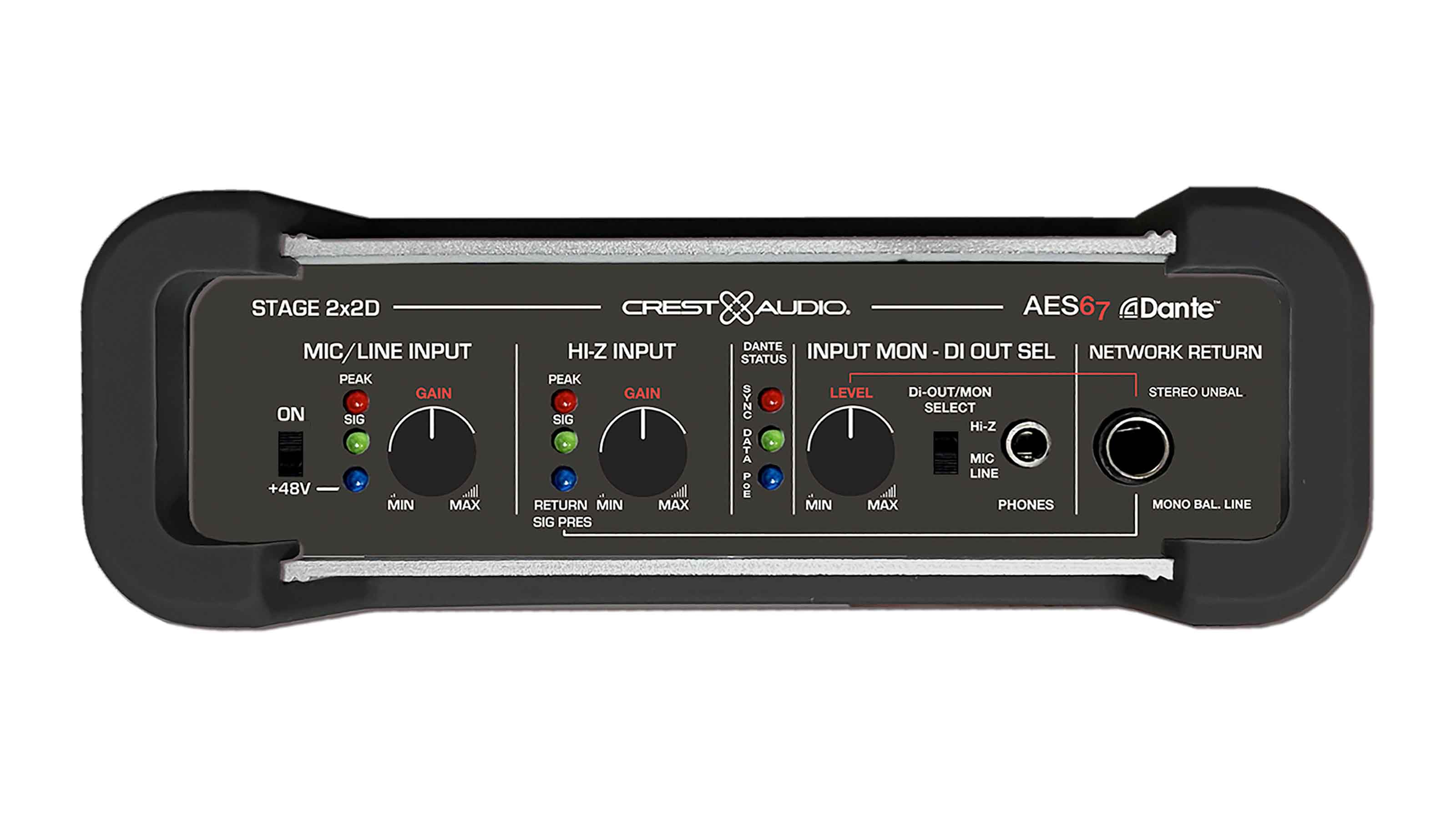Tools Of The Trade
- Have you ever heard the phrase "touch points" used in a marketing context? This is not a medical term for use in acupuncture, and it's not an X/Y point on an automation touchscreen. In marketing, touch points represent any connection or experience that your customer or the public has with your organization. Every touch point leaves an impression, and in many cases touch points in your company carry an expectation from your customer.
- Experienced business people will agree that consistent performance is the strongest predictor of future success. A company that consistently performs poorly can predict a lack of future sales. A company that consistently performs well and always meets or exceeds customer expectations can predict strong future sales (all things being equal).
- The obvious question for a marketing discussion is how consistently does your company perform and execute well at every touch point? And, why does this matter?
- Let me use an accounting example. Let's say your operations department has consistently performed well on a 12-month project. You have met your deadlines, your workmanship is good and everyone in the field is happy. But, the project requires progressive billing, and your accounting department has twice sent invoices to the wrong address, missing the draw deadline. And, they have consistently failed to follow the schedule of values established at the beginning of the project. Instead, they have billed according to the over/under calculation from your accounting system. While the project manager for the general contractor likes your work, he hates having to deal with your accounting department. One touch point is working well and the other touch point is not, effectively canceling out the good will developed by your operations group.
- If your goal is for customers to have a good experience with you at every touch point, you need to take the time to evaluate the effectiveness and appropriateness of every possible touch point. Succeeding every time at every touch point is the only way to make sure you don't leave a lingering doubt in the mind of your customer that might jeopardize future business.
- While traveling with my daughter recently we stopped at a fast-food joint for lunch. Access to the building and parking was well designed. The restrooms were clean. The food service staff was friendly, fast and courteous. And, the food was as good as I expected it would be (for a fast-food place). However, during the meal, I was constantly accosted by a pesky fly that was determined to share my meal. Unfortunately for the restaurant, I only remember this story because of the pesky fly, not the rest of the service. I predict that next time we will pick a different place to eat. Because of one bad touch point they will lose my future business.
- If it's not clear by now, let me state that identifying and succeeding at every touch point in your company has everything to do with marketing because marketing is about image or the impression you leave in the minds of current and future customers.
- You have the ability to list and evaluate all the touch points in your company, so rather than go into a long list, let me touch on a couple that might not be so obvious, simply because we use them so much. I'm talking about project documentation. During my 24 years in our industry I have seen some awful, atrocious documentation. Ranging from plans, to submittals, to owner's manuals and even presentation materials and proposals, I can't believe the poor quality that I have observed.
- Today, with the automation systems and tools of the trade available to us, there is simply no excuse for plans or submittals that look like you hired your kids to put them together. I can remember the days before computers and word processing when we were literally cutting and pasting specifications and proposals together. If we had time, we would turn it over to someone who could type, because we didn't want to send something out that didn't look its best. I was so thrilled when we bought our first computer and started using a word processing program called, "Word Star." Since then, "We've come a long way, baby."
- After you finish reading this issue of SCN, do yourself a favor and go study a recent set of plans produced by your drafting people. Look at the border, study the details, read the descriptions and see if it all makes sense. Are they trying to put too much information on a single page? Are the symbols clearly defined and logical? Then look at the copies that went out the door. Were they printed clearly? Were they organized properly? Did they get bound properly?
- Now do the same with your submittals. Take the time to be really critical. Put yourself in the shoes of your customer and ask yourself what they communicate about your company. Do they communicate professionalism with an attention to detail, or do they communicate a lack of caring from a company that doesn't pay attention to the details?
- It's time to confront the brutal facts about every touch point. If some of them need work, you know what to do.
scn Newsletter
A daily selection of the top stories for AV integrators, resellers and consultants. Sign up below.
TOPICS
